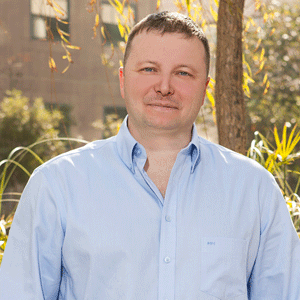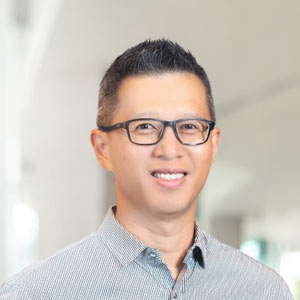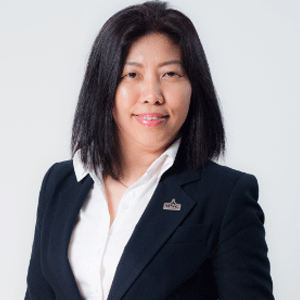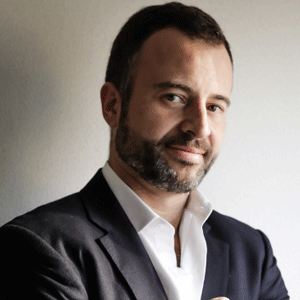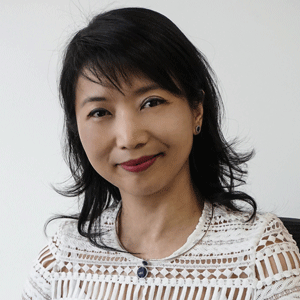THANK YOU FOR SUBSCRIBING

Developing Greater Communication and Critical Thinking Skills among University Students
Lim Chee Leong, Associate Director, e-Learning Academy (eLA), Taylor's University


Lim Chee Leong, Associate Director, e-Learning Academy (eLA), Taylor's University
Learning spaces should be flexible, future proofed, bold, creative, supportive and enterprising (Todhunter, 2015). When we first embarked on the journey to transform the learning spaces at Taylor’s University, Malaysia in 2013, extensive research and benchmarking visits were done to ensure learning spaces are future proof, able to accommodate current and evolving pedagogies, allowed to be rearranged and reconfigured. Furthermore, it needs to energize and inspire lecturers and students, able to support and develop the potential of all students and make each space capable for different purposes, as well as yields highly engaging learning opportunities.
Our aim is to be in the cutting edge of technology and to implement the finest learning design for the benefit ofour students. The University realizes that learning space plays an important role in producing work-ready graduates. By converting the traditional classroom into a technology-rich collaborative classroom that is purposefully designed, it will facilitate a diverse learning experience among the learners in a highly collaborative and engaging manner. In other words, it allows students to work independently on specific tasks and come together in a group to discuss project (Lippman, 2015).
Aptly called X-Space, it is defined as a collaborative learning environment that
The University recognized the need for X-Space because of the growth in the number of non-traditional learners and the alienating nature of learning in large classrooms with too many students. With this in mind, X-Space collaborative classroom is designed for students to sit in islands to promote collaborative and participative learning. Each island is connected to display TV for sharing of information between group members as well as broadcasting their work to everyone for feedback and discussion (figure 1). Students in each island will be assigned to complete different task or to solve different questions and lecturers play an important role to facilitate the discussion in each island (figure 2). At the end of the class, students are required to complete the task given and present it to the entire class to ensure learning are taken place in an active manner.
This X-Space project is being rolled out level-by-level, programme by programmeandaccording to the readiness of the lecturers in transforming their traditional teaching to collaborative learning. With more classrooms converted into X-Space, more lecturers will have the opportunity to accelerate the pace of teaching by taking advantage of the facilities provided in X-Space.
Effectiveness of X-Space Collaborative Classroom in Promoting Greater Collaborative and Participative Learning
The survey on transformational learning for all the foundation programmes at Taylor’s University was conducted in September 2014. This survey aims to measure the effectiveness of various innovative teaching methodologies implemented in the new foundational learning experience. A total of 209 students have responded to the online survey. The findings are shown in figure 3, 4 & 5 below:



